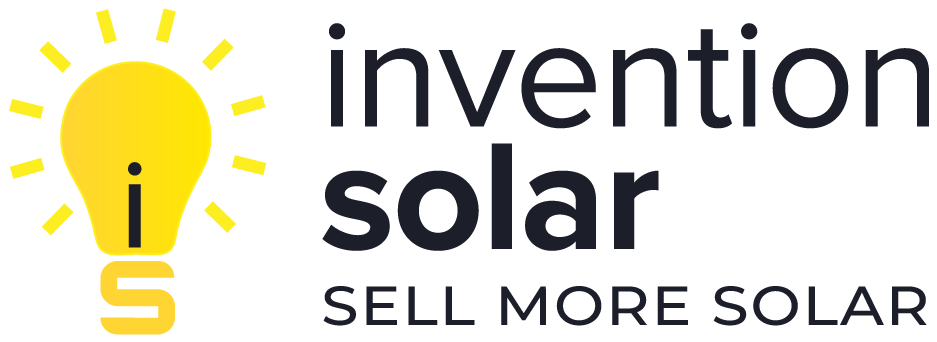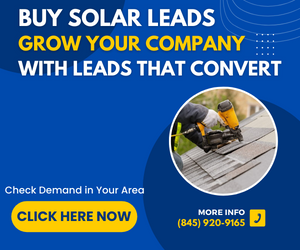Re: Explain why using wind, solar, and biomass energy can lead to sustainable energy use
In an era where climate change looms enormous, and fossil fuel dependence threatens the fabric of our existence, the quest for sustainable energy has never been more urgent. Wind, solar, and biomass energy represent hope in this landscape, offering alternative sources and pathways to a more sustainable future. Exploring their history, current realities, and future potential sheds light on the journey toward sustainable energy use, particularly in the United States.
The Historical Context of Sustainable Energy
The history of sustainable energy dates back centuries, with early civilizations using wind power for sailing and milling grain. It wasn’t until the mid-20th century that renewable energy sources started to gain traction as useable alternatives to fossil fuels. The oil crises of the 1970s created significant investments in wind and solar technologies, disrupting the industry and driving innovation and the development of new infrastructure.
Wind, Solar, and Biomass: Pillars of Sustainable Energy
- Wind Energy – With advancements in turbine technology, wind power has become a cornerstone in the renewable energy space. According to the American Wind Energy Association, wind energy capacity in the United States has reached more than 120 gigawatts, effectively providing electricity to millions of homes and businesses.
Solar Energy – Solar power has experienced exponential growth, accelerated by declining costs and technological breakthroughs. The Solar Energy Industries Association reports that solar installations in the U.S. surpassed 100 gigawatts in 2021. Residential solar plays a pivotal role in decentralizing energy production.
Biomass Energy—What is Biomass? It is derived from organic materials like wood, crops, and waste and offers a versatile renewable energy source. While biomass faces sustainability and land use challenges, advancements in biofuel production promise a future of reducing carbon emissions and mitigating waste.
The Realities of Sustainable Energy Adoption
With the movement towards renewable energy, the transition in the future is inevitable, and wind, solar, and biomass-powered technologies are mighty and present some challenges.
Infrastructure Investment: Updating our grid infrastructure to accommodate the decentralization of energy production requires substantial investment and regulatory reform.
Intermittency: Wind and solar power’s robust energy solutions will ensure reliability and national grid stability.
Policy Support: Governmental and policy frameworks, including renewable energy mandates and carbon pricing, are essential for incentivizing clean energy adoption among businesses and consumers while leveling the playing field against fossil fuels.
The Future Landscape of Sustainable Energy
Looking at the future of on-demand energy, the trajectory of sustainable energy is associated with technological innovation, government and policy alignment, and public engagement circles. Promising developments such as the advancement of battery storage, innovative grid technologies, and community solar initiatives offer solid and reliable promises of a future powered by renewables.
The Role of Solar Leads in Driving Adoption
Solar marketing and lead generation’s role in the search for sustainable energy cannot be overstated enough. When you use effective marketing strategies, you are essentially educating consumers about the benefits of solar energy, addressing the barriers to adoption, and the overall value and advantages of the technology.
- Education and Awareness: Comprehensive marketing campaigns are crucial in raising awareness about solar energy’s environmental and economic advantages while instituting a culture and lifestyle of sustainability.
- Lead Generation: Generating high-quality solar leads is paramount for solar companies to scale their operations and reach new markets. Leveraging digital marketing channels, data analytics, and targeted outreach efforts can optimize solar lead generation efforts while driving conversion rates.
- Customer Engagement: Trust and credibility with customers are crucial to your lead conversion KPI. Providing transparent information and stating the facts, personalized consultations that put your customers in the right financial product, and post-installation support enhances the customer experience and creates brand loyalty over time.
The Cost and Payback of Solar Energy
While upfront costs remain an issue for some homeowners, the long-term financial benefits of solar energy are undeniable. Most residential solar programs offer no upfront money or out-of-pocket financial programs. Homeowners who buy the system using federal and state incentives ultimately pay off their remaining solar loan and effectively own a home without an electricity bill. According to the Solar Energy Industries Association, the average payback period for residential solar installations in the United States ranges from 5 to 8 years, with potential savings of thousands of dollars over the system’s lifespan.
Moving Towards a Sustainable Energy Future
The transition to wind, solar, and biomass energy represents a monumental yet achievable endeavor with implications for our planet and future generations. When we invest in infrastructure, advancing technology, and getting public support, the United States can lead toward a more sustainable and resilient energy environment. Effective solar marketing and solar lead generation will be instrumental in driving adoption and accelerating the shift to renewables
As the sun sets on the era of fossil fuels, let us harness the power of solar leads to illuminate the path toward a brighter, greener future.
Contact Invention Solar Marketing Group for a no-cost marketing strategy session.



